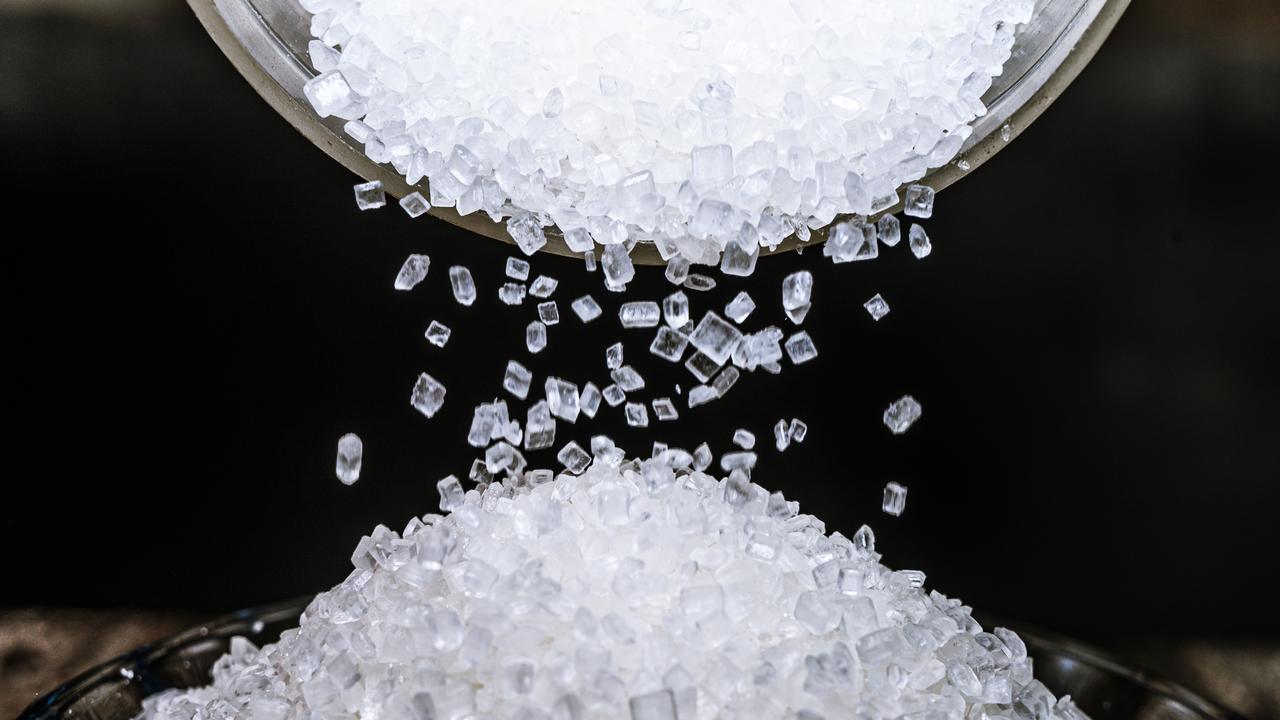
This article was last updated on October 6, 2023
Canada: ![]() Oye! Times readers Get FREE $30 to spend on Amazon, Walmart…
Oye! Times readers Get FREE $30 to spend on Amazon, Walmart…
USA: ![]() Oye! Times readers Get FREE $30 to spend on Amazon, Walmart…
Oye! Times readers Get FREE $30 to spend on Amazon, Walmart…
Table of Contents
Rising Concerns over Sugar Supplies Lead to Price Hike
Sugar has seen a sharp increase in price, reaching its highest level in over ten years. The Food and Agriculture Organization of the United Nations (FAO) reports that the price of sugar has risen by almost 10 percent in just one month. This surge in price is primarily attributed to concerns over tight sugar supplies.
Mild Monsoon Leads to Drought in Major Sugar Producers
Two important sugar producers, Thailand and India, have been severely affected by a mild monsoon season, which is a result of the El Niño weather phenomenon. Experts from the FAO suggest that this exceptional drought has significantly impacted sugar production in both countries. In India, the annual monsoon experienced the lowest levels of rain in five years, leading to a disappointing harvest.
As a consequence, concerns over sugar exports during this harvest season have increased. India is considering limiting its sugar exports to maintain control over supply and prices in the domestic market. This move is believed to be influenced by the upcoming national elections next year.
Stabilization of Global Food Prices
Despite the significant increase in sugar prices, there has been some stability in global food prices. In fact, the FAO reports that September saw the lowest point in global food prices in over two years. This stabilization can be attributed to improved supplies of oilseeds and certain grains, which compensated for the sugar shortage.
The harvest of sunflowers in the Black Sea region and palm crops in Southeast Asia has been favorable, leading to a drop in oil prices by almost 4 percent in September.
The Impact on Consumers and Industries
The surge in sugar prices will undoubtedly have an impact on consumers and various industries around the world. Increased prices will directly affect households, especially those with lower incomes, as sugar is a staple in many diets.
Industries that heavily rely on sugar, such as confectioneries, beverages, and baking, will likely face higher production costs. These increased costs may eventually be passed on to consumers in the form of higher prices for products containing sugar.
Additionally, the hike in sugar prices could potentially lead to an increase in alternative sweeteners, such as high-fructose corn syrup and artificial sweeteners, as companies seek more cost-effective options.
Future Outlook for Sugar Prices
The outlook for sugar prices remains uncertain as the impact of the mild monsoon continues to be felt in major sugar-producing countries. The upcoming harvest season will be crucial in determining the availability and prices of sugar in the market.
Further disruptions to sugar production, such as adverse weather conditions or increased restrictions on exports, could lead to even higher prices in the coming months. Conversely, if sugar supplies improve and demand stabilizes, prices may start to decline.
In Conclusion
The sharp increase in sugar prices, reaching their highest level in over a decade, is primarily attributed to concerns over tight sugar supplies. The exceptional drought caused by a mild monsoon season has greatly impacted sugar production in major sugar-producing countries. As a result, the global food market has experienced stabilization in other commodities, compensating for the sugar shortage. However, consumers and industries, particularly those heavily reliant on sugar, may face higher costs in the near future.

Be the first to comment